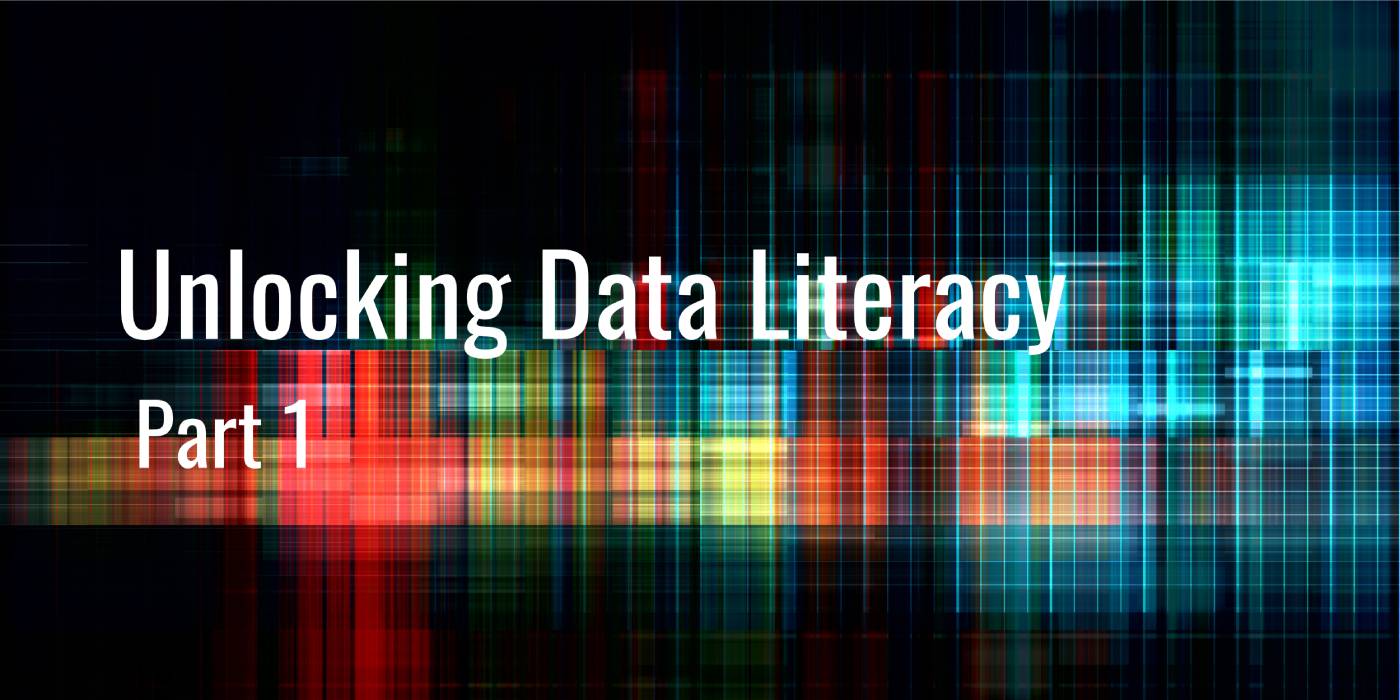Unlocking Data Literacy Part 1: How to Set Up a Data Analytics Practice That Works for Your People
Does your team know how to use data analytics to their advantage? For the vast majority of companies, the answer may be “no.” According to Accenture, only 21% of people are confident in their data literacy skills, and just 32% of companies have realized tangible, measurable value from their data.
While the definition of data literacy varies depending on who you ask, at its core, the term means equipping anyone in your organization to know how to use data in a business context.
This process involves democratizing data by getting it into the hands of business users.
When it’s done well, closing the gap in data literacy leads to better data-driven decision-making. Most organizations have the data in their possession, but lack the skills across the organization to sufficiently analyze and interpret it. For organizations with a product-led growth strategy, these skills can help anyone act on data in a timely manner. Universal access to data-driven insights could mean that a product leader can analyze usage to develop the next in-demand feature before the competition does. Similar examples exist across nearly every department.
In this blog series, we’ll cover the people, processes, and technology changes that can unlock data literacy in your organization. The journey starts with your people.

How business users work with data today
Depending on the size of the organization, there are a few different ways that business users work with data. Typically, data science teams, analysts or business intelligence (BI) power users are responsible for querying and reporting on data at a business user’s request. These data science teams or analysts typically rely heavily on data engineers to wrangle the data behind the scenes, prepping it for analysis.
In many cases, both data scientists and engineers are stretched incredibly thin. The demand for data-driven insights is high, and the supply for data science and data engineering talent is low. Data engineers, in particular, are responsible for processes such as modeling and moving data. In many cases, they’re executing complex extract, transform and load (ETL) pipelines, which involve copying data from the source(s) to the destination. This phase of the analytics process becomes a bottleneck because it’s a prerequisite for nearly every analytical system, yet that work can only be performed by highly skilled data engineers.
WATCH THE DATAVERSITY WEBINAR: What is My Enterprise Data Maturity?
In some cases, organizations empower business users to work with self-service BI tools directly, such as Tableau and PowerBI. These tools can unlock data access and enable business users to visualize data through charts and graphs. But they only work if the right data analytics infrastructure is in place first (we’ll cover more on that later). Without that foundation, the quality of data can be questionable, leading to a lack of trust in analytics. What’s more, many business users aren’t trained to properly use these tools and access their enterprise data architecture to get the fastest time to insights.
Where data analysis skills lag
So where do people need the most work when it comes to data literacy skills? According to an HBR focus group, major gaps still exist among average business users. Specifically, people self-identified a lack of ability to:
- Ask the right questions
- Understand which data is relevant and how to test the validity of the data they have
- Interpret the data well, so the results are useful and meaningful
- Validate hypotheses using A/B tests to see what results pan out
- Create easy-to-understand visualizations so leaders comprehend the results
- Tell a story to help decision-makers see the big picture and act on the results of analysis
READ THE BLOG: The Multi-Model Database Dilemma
All of these skills are critical to not just understanding the past, but applying data to more advanced concepts like predictive and prescriptive analytics. Many organizations are using machine learning models to analyze past data and predict future outcomes, or test hypothetical “what if” scenarios. Without the foundational data literacy skills, business users are far from being able to use data in basic, let alone advanced, scenarios.
Create a culture of data literacy
Improving data literacy starts with your people and culture. Instead of treating data analytics as a skillset that’s siloed to the data science or data engineering teams, the goal is to create a culture where everyone is empowered to be a data scientist. This type of philosophy reset starts at the top, with executive buy-in on the business benefits of data literacy.
READ THE REPORT: The Future of Data
Often, kicking off a data literacy program starts with the data science team as champions.
This process must involve a change in mindset throughout the organization. Instead of treating data engineers or analysts as a helpdesk-style IT resource, they become enablers for others in the organization. Ultimately, their responsibilities shift from running queries and modeling data on behalf of users, to becoming teachers and technology architects.
Here are a few key steps to kicking off a data science program:
- Get executive buy-in. It’s important for C-level executives to understand the impact data democratization can have on an organization. Give specific examples of how line-of-business leaders can be empowered by data, and use others’ stories to demonstrate the success of data literacy programs.
- Assess your employees’ baseline skills. Have business users take an assessment or self-identify areas of strength and weakness with data. This information will give you a basis from which to start.
- Work with HR and data teams to set objectives. You may decide to pilot a data science education program with a small group of employees first, or roll it out to the entire organization. It’s important to have a cross-functional team set a plan for employee development, and determine how to measure success.
- Provide access to data literacy training courses. Luckily, you won’t have to start from scratch to get a good curriculum for data literacy. There are a wealth of online data literacy courses available for free or at low cost, from which you can pick and choose depending on your employees’ skill levels.

Rethink your approach to data management
A major part of enabling data literacy is to set up the right infrastructure and approach to data management. For many companies, a data lake architecture is the right choice for efficiently storing, securing, and accessing their data, including log files and other critical information that can reveal important business insights. Data lakes enable you to:
- Ingest both structured and unstructured data from a variety of sources.
- Store data securely and at scale at a lower cost than alternatives.
- Catalog or index data without having to move it.
- Connect BI and visualization tools for company-wide analysis.
Ultimately, the data science team’s goal will be to create systems that empower business users to query data where it lives, without the data movement, transformation, or governance risks.
Having these systems in place empowers business users to become citizen data scientists, and helps them trust the results of their data analysis.
In the next post in our data literacy series, we will look at the processes that can help your organization accelerate the journey to empower citizen data scientists. Finally, we’ll cover in more detail the technology you need to create a modern data analytics architecture.
Additional resources
- Read the blog: The Multi-Model Database Dilemma
- Watch the Dataversity webinar: What is My Enterprise Data Maturity?
- Unlock multi-model access to your data lake: Try ChaosSearch




